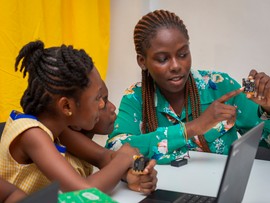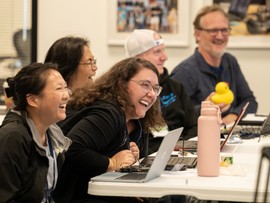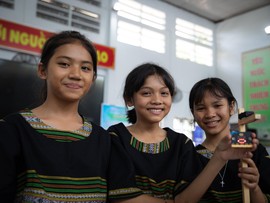Practical science investigations with the micro:bit
Exciting new activities to use the BBC micro:bit as a piece of equipment, providing new ways to develop scientific skills and maximise engagement.
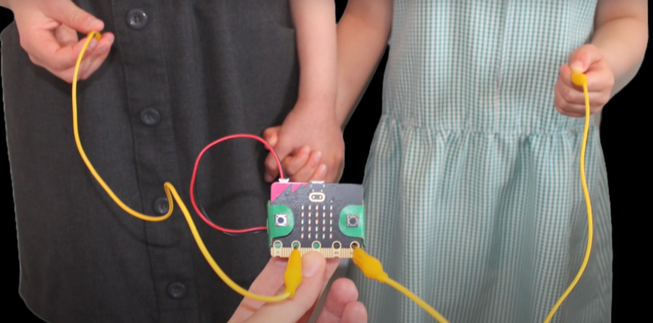
Taking measurements and collecting data are key to science learning. However, limited budgets and a lack of specialised equipment are often challenges that schools face when teaching science.
The micro:bit is primarily designed to teach children about coding, but it is packed with sensors that can support practical science investigations, such as a temperature sensor, light sensor, microphone and more. So how can science activities make the most of the versatility of the micro:bit?
The Micro:bit Educational Foundation have partnered with White Rose Science to collaborate and co-design six learning activities using the micro:bit as a tool to conduct science experiments.
The projects, which can be found in the Make it: Code it section of the website, require no coding. Educators can simply download the code to their micro:bits and follow the instructions to run their experiments. However, coding videos are provided for educators who wish to teach coding alongside the science.
The projects
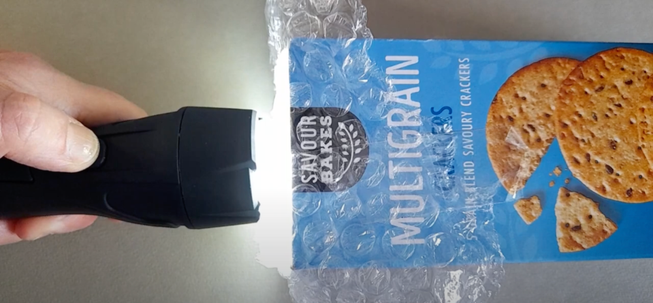
- Light experiment - investigate materials to see if they are transparent, translucent, or opaque using a torch and two micro:bits.
- Human circuit experiment - complete an electrical circuit with your body, your friends’ bodies, and your micro:bit.
- Sound volume experiment - find out how distance affects the volume of a sound.
- Evaporation experiment - compare evaporation rates in warm and cold places with your micro:bit.
- Insulating heat experiment - use two micro:bits to investigate which material is the best thermal insulator.
- Solar panel experiment - use your micro:bit to decide where to put a solar panel by measuring light levels on different sides of a building.
Data logging
Three of the projects involve data logging, which is the automatic recording of data over time: the Evaporation experiment, Insulating heat experiment and Solar panel experiment. You can use the micro:bit V2 as a data logger, recording data from its built-in sensors. Data is stored on your micro:bit even when its power source is disconnected.
Tested by teachers and students
Dan Breeze, Primary Science Specialist at White Rose Science, tested the Insulating heat experiment in two year 5 classes (age 9-10) in England. Published in the Association of Science Education Journal, this research found that integrating the micro:bit into science lessons offered lots of benefits:
- 79% of students doing the experiment understood the micro:bit was used to take temperature readings.
- 94% of students thought the micro:bit improved their learning because it improved the accuracy of their results.
- Many children commented that the micro:bit was easy and fun to use.
- Teachers said that the micro:bit improved engagement and made lesson preparation easier, compared with preparing a traditional heat insulation experiment (with beakers of hot water and analogue thermometers).
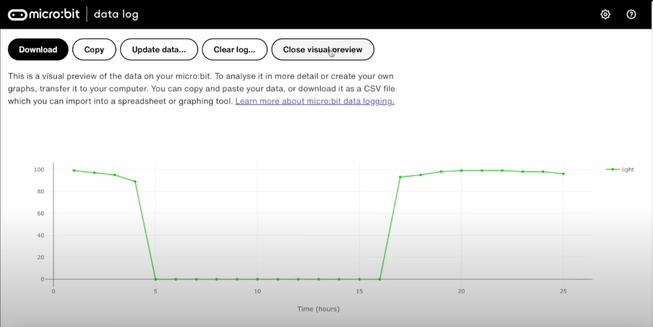
Graph generated by micro:bit's data logging feature - Solar panel experiment

[The micro:bit] definitely brought more engagement to the children. From a teacher’s perspective it was a lot more practical in terms of preparing resources and even tidying away resources... it was good to see how much easier it can be for the children to collect accurate data.

Stephanie Little, Science leader, Cottingley Village Academy
Collaborative expertise
White Rose Science, part of White Rose Education, is a structured, progressive scheme of learning for primary school science. It breaks down the National Curriculum in England into manageable blocks and steps, providing teachers with detailed guidance and resources for each step.
This partnership brings together White Rose Science’s expertise in science education with the Micro:bit Education Foundation’s technical knowledge.
The experiments can be used by any teachers, although they are designed to complement White Rose Science’s existing scheme of work for primary science, which is developed to support practical science education. Our team developed the code for each project, which White Rose Science tested in the classroom with teachers and students.
By collaborating, these projects keep science at the centre of the lesson, whilst making computing physical in another engaging way. Let us know what you think!
